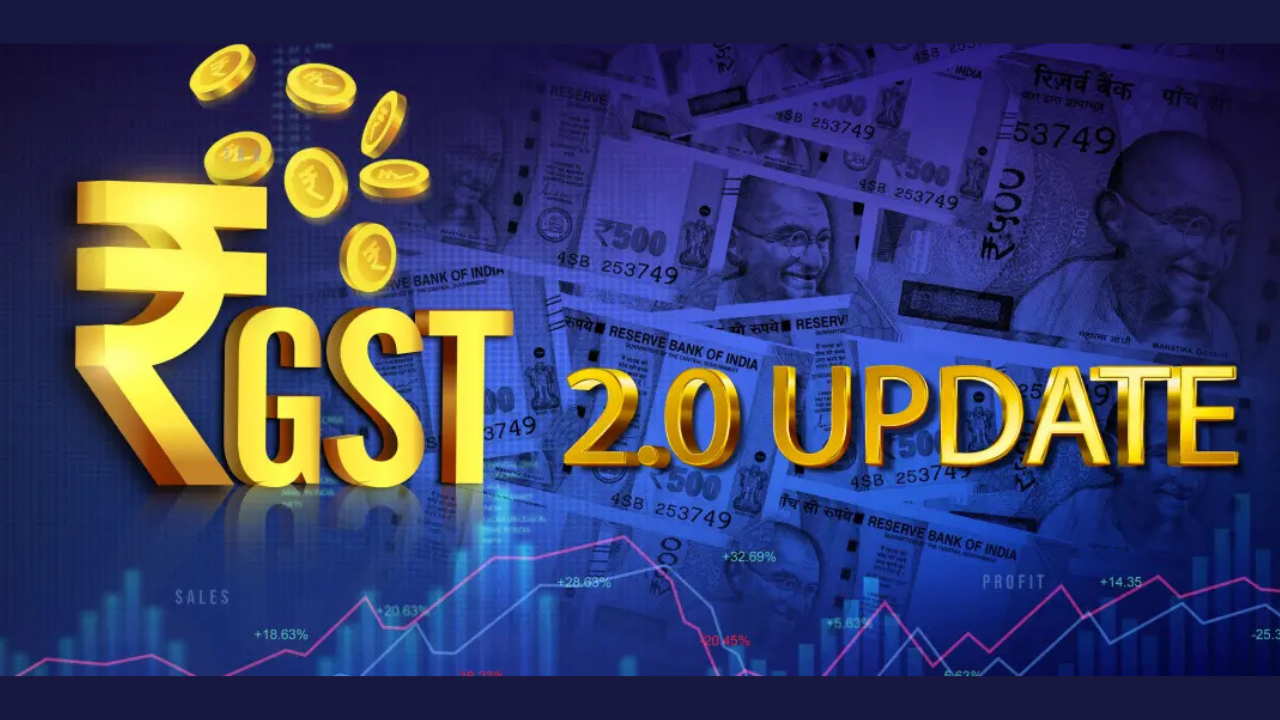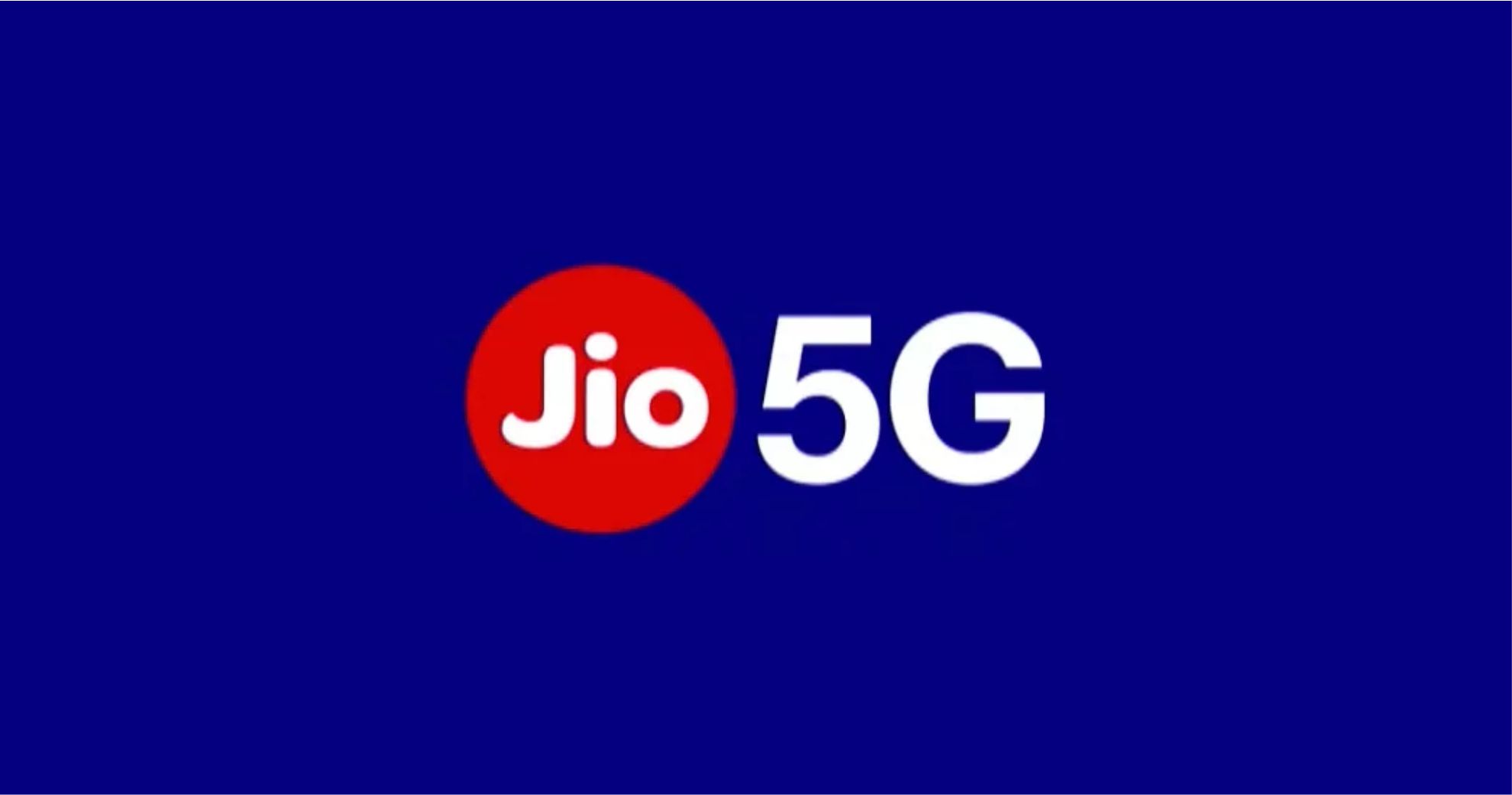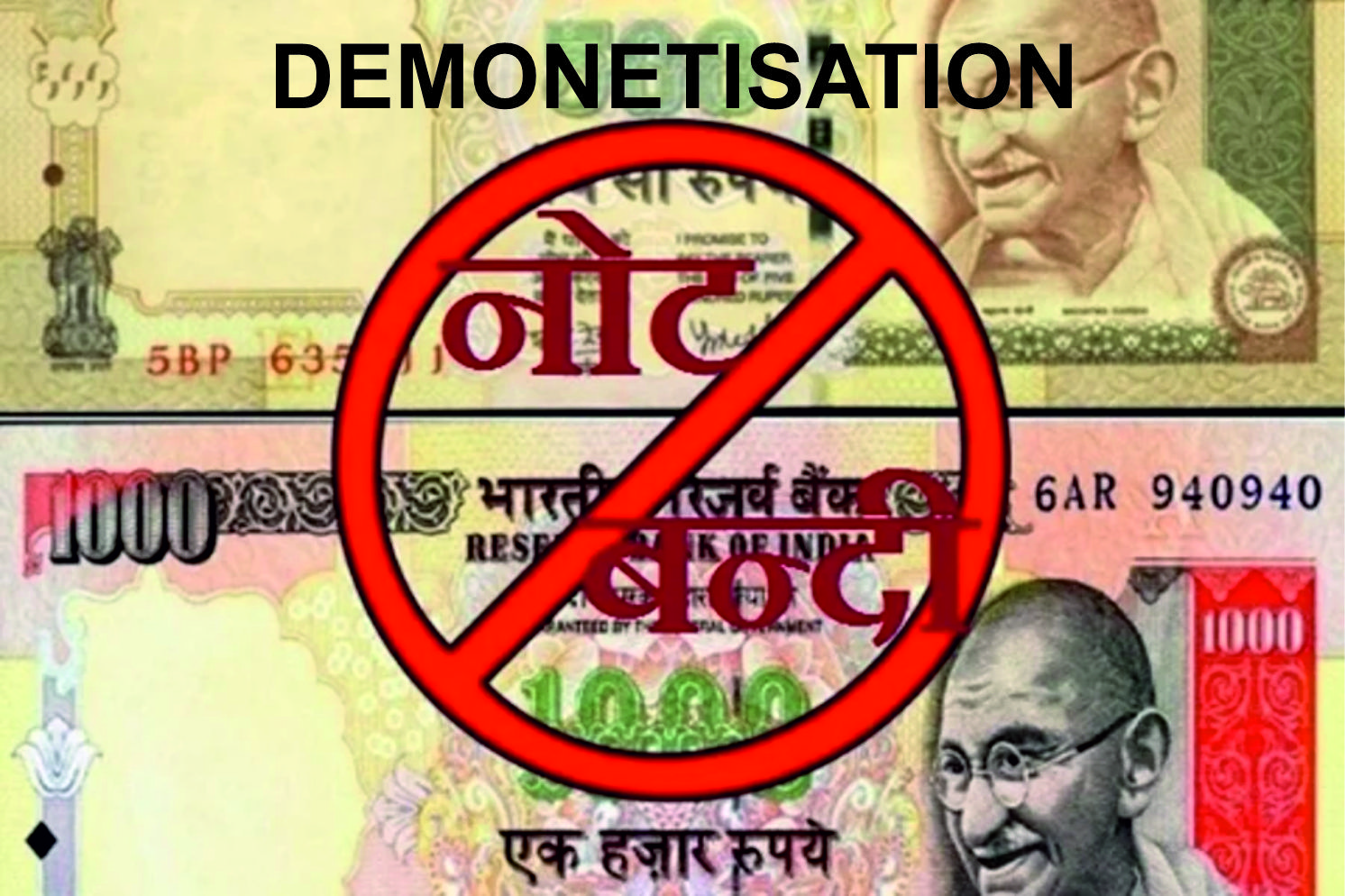GST 2.0 Reforms 2025: New Tax Slabs, Industry-Wise Impact & MRP Changes

Key GST Changes and Impacts on Industries (Effective September 22, 2025)
The 56th GST Council meeting on September 3, 2025, introduced sweeping GST 2.0 reforms to simplify India’s indirect tax system. Two major slabs – 12% and 28% – have been abolished, with most goods and services now falling under 5% (essentials) and 18% (standard rate) categories. A new 40% demerit rate has been introduced for luxury and sin goods, while some essential products have moved to the 0% (exempt) category. These changes are designed to fix inverted duty structures, ease compliance, and inject an estimated ₹2 lakh crore into the economy by making essentials cheaper and boosting consumption.
Although Maximum Retail Price (MRP) rules remain unchanged, lower GST rates are expected to reduce effective prices. With anti-profiteering provisions being revived under GST 2.0, companies will need to pass on tax benefits to consumers. This will likely result in lower MRPs or slimmer retail margins, particularly for essential goods, thereby improving affordability and avoiding hoarding or artificial price hikes.
Pharma & Healthcare
The pharmaceutical and healthcare sector will be one of the biggest beneficiaries. Earlier taxed at 12–18% on medicines and devices and 18% on insurance premiums, the new regime reduces GST to 0% for 33 life-saving drugs and health/life insurance, and 5% for most medicines, diagnostic kits, oxygen, spectacles, and medical devices. This sharp reduction from 12–18% to 0–5% will lower treatment costs by up to 18%. MRPs of medicines and devices are expected to drop by 5–10%, making chronic care more affordable and boosting industry growth by an estimated 15–20%.
Automobiles
Automobiles previously attracted 28% GST on cars, parts, and commercial vehicles, while tractors and tyres fell under 12–18%. Now, most cars, commercial vehicles, and auto parts have been moved to the 18% standard slab, while tractors, tyres, three-wheelers, and motorcycles under 350cc fall under 5%. The shift from 28% to 18% is expected to reduce vehicle prices by 5–10% (e.g., small cars becoming cheaper by nearly ₹20,000). MRPs on spare parts may also adjust downward, improving competitiveness against imports and stimulating rural and hybrid vehicle sales.
Food & FMCG
Food and FMCG products will see significant relief. Earlier taxed at 12–18%, most essentials such as ghee, butter, cheese, biscuits, jams, juices, namkeens, hair oil, toothpaste, and soap are now taxed at 5%, while UHT milk, paneer, and roti are fully exempt under the 0% slab. However, caffeinated and aerated beverages have been placed under the new 40% demerit rate. This reclassification means grocery bills could fall by 5–10%, with daily FMCG products such as shampoo or toothpaste packs becoming cheaper by ₹5–20. On the other hand, sin goods will become 10–15% costlier, discouraging excessive consumption.
Electronics & White Goods
Consumer electronics and white goods previously taxed at 28% – including air-conditioners, TVs above 32 inches, dishwashers, and monitors – will now attract 18% GST. Smaller appliances fall under the 5% merit rate. This move from the highest to the standard slab should reduce appliance costs by 5–8%, with ACs, for instance, becoming cheaper by around ₹2,000. Lower costs are expected to encourage household upgrades, with companies likely to revise MRPs further during festive sales. This also strengthens India’s electronics manufacturing hubs.
Construction & Real Estate
The construction sector gains relief with cement shifting from 28% to 18%, and marble and granite blocks moving to 5%. Lower tax on cement alone can reduce project costs by 3–5%, while homebuyers could save nearly ₹50,000 on mid-sized flats due to reduced material MRPs. These changes are expected to spur growth in affordable housing and accelerate infrastructure projects such as roads and urban development.
Agriculture & Inputs
Agriculture inputs also see a significant repricing. Tractors, harvesters, drip irrigation systems, sprinklers, micro-nutrients, and bio-pesticides will now be taxed at 5%, down from 12%. However, coal and lignite have moved from 5% to the 18% standard rate. While this may slightly raise power costs, the reduction in input costs will lower farmer expenses by 5–7%, with tractors, for instance, becoming ₹10,000 cheaper. This not only boosts productivity but also makes eco-friendly farming tools more affordable.
Textiles & Apparel
In textiles, sewing threads, yarns, and carpets priced up to ₹2,500 will now fall under the 5% slab, compared to the earlier 12%. Apparel above ₹2,500 will attract 18%, while low-value clothing remains at the lower slab. Affordable clothing MRPs may drop by 2–3%, benefitting the mass market. Premium wear, however, may see a slight price rise. The simplified slab structure is expected to ease compliance for MSMEs operating in this sector.
Tourism & Hospitality
Hotels and restaurants earlier taxed at 18% (for tariffs up to ₹7,500 per night) will now fall under the 5% slab. This sharp reduction will make travel packages 10–12% cheaper, with hotel tariffs dropping by ₹500–1,000 per night. The measure is likely to give a strong push to domestic tourism, boosting revenue for both hospitality and allied services.
Insurance & Financial Services
The insurance sector sees a breakthrough reform, with health and life insurance premiums moving from 18% GST to 0% (exempt). This exemption will make policies 15–18% cheaper, with an average annual saving of around ₹5,000 per policyholder. While MRPs don’t apply here, premiums directly reduce, expanding coverage and driving penetration in underinsured segments.
Exports & SMEs
Exports and SMEs benefit not just from rationalized rates but also from automated GST refunds within 7 days (up to ₹1,000 crore), a step aimed at freeing working capital. By cutting refund delays, businesses are expected to free up 20–30% of their cash flows. Lower input costs and simplified compliance will enhance export competitiveness globally, even though MRP adjustments are not directly applicable in this segment.
Overall Economic Outlook
The GST 2.0 reforms prioritize consumer relief on essentials such as food and healthcare, while levying higher taxes on luxuries and sin goods. This balance is expected to increase GST collections to over ₹22 lakh crore annually, even as it reduces the financial burden on households. Businesses, however, must ensure their ERP, billing, and pricing systems are updated by September 22, 2025, to avoid penalties. For sector-specific compliance, companies are advised to consult professional tax advisors and track updates on gst.gov.in.



 168
168

 The BharatBiz
The BharatBiz
 16
16

